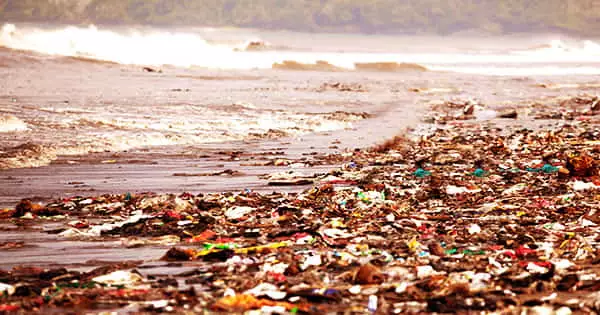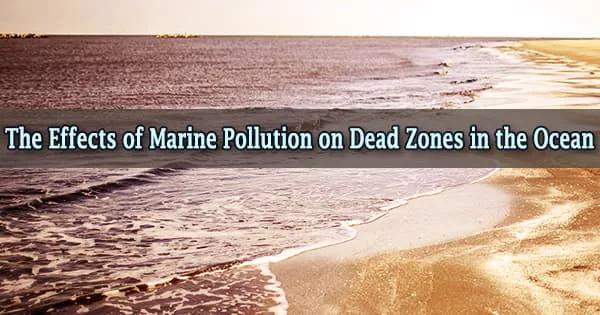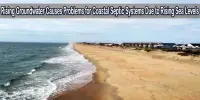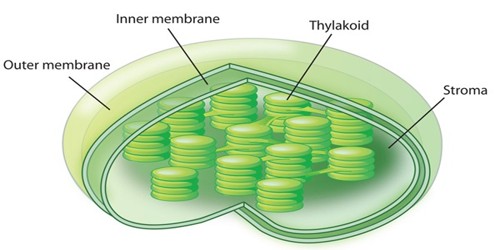A dead zone is a hypoxic area of an ocean (or lake) with insufficient oxygen to support marine life. As a result of human activity, this is a natural occurrence that has been expanding in shallow coastal and estuarine environments. According to the National Oceanic and Atmospheric Administration (NOAA), when oxygen levels in sections of the ocean fall too low to support aquatic life, the resulting hypoxia can cause marine species to die or lose their habitats.
Chemicals and debris, the majority of which come from terrestrial sources and is washed or blown into the ocean, make up marine pollution. Pollution harms the environment, the health of all organisms, and economic structures all over the world. Hypoxia can occur naturally, but human-caused marine pollution disrupts coastal ecosystems.
According to National Geographic, the earth contains approximately 400 dead zones. Chemical contamination, often known as nutrient pollution, is hazardous to one’s health, the environment, and the economy. When human activities, such as the usage of fertilizer on farms, result in chemical runoff into waterways that eventually flow into the ocean, this sort of pollution happens.
Many dead zones exist throughout the world’s oceans, where the bulk of marine life cannot survive. Due to the harsh temperatures, these are the maritime equivalent of a hot desert, with low biodiversity. According to Scientific American, significant dead zones can be found in the Gulf of Mexico, Chesapeake Bay, and the Oregon coast. Ocean dead zones can be found all over the world, including the North Sea, Tokyo Bay, Hong Kong’s Tolo Harbor, and Port Hacking in Australia.
The creation of hypoxic or “dead zones” is also aided by stratification of the water column due to density differences. Algal blooms have serious health and environmental consequences, which damage the local fishing and tourism businesses. The Baltic Sea features the world’s largest dead zone, and overfishing of Baltic cod has exacerbated the problem.

After analyzing five years of satellite data from Mexico’s Gulf of California, researchers at Stanford University found a correlation between ocean dead zones and large-scale coastal farming. Blooms of 19 to 223 square kilometers appeared within a week of an agricultural “irrigation event” in the area. Excess nutrients from pollution, such as nitrogen and phosphorus, enter streams and encourage algal growth.
An algal bloom occurs when a significant number of algae develop at the same time. As a result, oxygen levels decline, potentially creating the circumstances for the creation of a dead zone. Those created by organisms like dinoflagellate or pelagophyte, which produce toxic algal blooms known as red or brown tides, are among the most dangerous dead zones.
Toxins released by the organisms can poison fish, mollusks, and marine mammals such as dolphins. Marine life damaged by toxic blooms not only diminished food sources for other ocean animals but also had an impact on enterprises that caught fish and shellfish for human use, according to Stanford University researchers. Various plastic items, such as shopping bags and beverage bottles, as well as cigarette butts, bottle caps, food wrappers, and fishing gear, are common types of marine garbage.
Because of its lengthy lifespan, plastic trash is a particularly hazardous pollutant. Decomposition of plastic things might take hundreds of years. Many different climate change variables, according to scientists, have the potential to influence the creation of dead zones.
Temperature changes, ocean acidification, storm patterns, wind, rain, and increasing sea levels are all examples. These factors are assumed to work together to lead to the rise in the number of dead zones seen around the world. Dead Zones, as the name implies, are areas devoid of marine life due to low oxygen levels, which smother bottom-dwelling lobsters, clams, and oysters.
Dead zones can cause reproductive issues in creatures that survive, in addition to destroying marine life in afflicted areas. According to Scientific American, pollution and hypoxia can result in reduced egg counts and fewer spawning. Dead zones have been related to chronic outbreaks of bacterial disease (mycobacteriosis) among striped bass in the Chesapeake Bay when the fish are driven up from the cooler, low-oxygen bottom water to the warmer surface waters.
Seasonal factors such as water column mixing can cause dead zones to emerge. The Gulf of Mexico dead zone, for example, tends to form in February and fade in the fall as the water column mixes more throughout the stormy season. The fundamental purpose of minimizing dead zone is to keep fertilizers on the land and away of coastal waterways; thankfully, conservationists and farmers share this goal.
Dead zones in the ocean have the potential to have a negative impact on the general health of these waters, as well as the species and people who rely on them. Reduced oxygen levels and pollutants can induce birth deformities and genetic abnormalities by lowering sex hormone concentrations, shrinking the size of reproductive organs, and causing birth malformations.
Increased production of greenhouse gases nitrous oxide, methane, and carbon dioxide can result from a loss of oxygen in the deep ocean. These may reach the surface and be released during oceanic mixing episodes. Multiple stressors are being created by rising hypoxia and dead zones, as well as warming waters and acidification.
The total number of oceanic dead zones has continuously increased, and there are currently four times as many as there were in the 1950s. The number of coastal dead zones has expanded tenfold as a result of fertilizer runoff, organic debris, and sewage.
The good news is that certain dead zones can recover if steps are done to reduce pollution’s effects. Although dead zones caused by climate change are more difficult to manage, their extent and impact can be reduced. As countries become more aware of the devastating consequences of dead zones, a range of initiatives are being implemented to limit their recurrence.
















